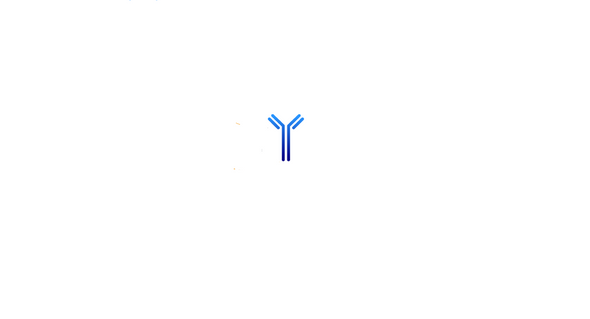Description
STING Antibody (TMEM173) | F51890-0.4ML | Gentaur US, UK & Europe Disrtribition
Family: Primary antibody
Formulation: In 1X PBS, pH 7.4, with 0.09% sodium azide
Format: Antigen affinity purified
Clone: N/A
Host Animal: Rabbit
Clonality: Polyclonal (rabbit origin)
Species Reactivity: Human
Application: FACS, WB, ELISA
Buffer: N/A
Limitation: This STING antibody is available for research use only.
Purity: Antigen affinity
Description: Facilitator of innate immune signaling that acts as a sensor of cytosolic DNA from bacteria and viruses and promotes the production of type I interferon (IFN-alpha and IFN-beta). Innate immune response is triggered in response to non-CpG double-stranded DNA from viruses and bacteria delivered to the cytoplasm. Acts by recognizing and binding cyclic di-GMP (c-di-GMP), a second messenger produced by bacteria, and cyclic GMP-AMP (cGAMP), a messenger produced in response to DNA virus in the cytosol: upon binding of c-di-GMP or cGAMP, autoinhibition is alleviated and TMEM173/STING is able to activate both NF-kappa-B and IRF3 transcription pathways to induce expression of type I interferon and exert a potent anti-viral state. May be involved in translocon function, the translocon possibly being able to influence the induction of type I interferons. May be involved in transduction of apoptotic signals via its association with the major histocompatibility complex class II (MHC-II). Mediates death signaling via activation of the extracellular signal-regulated kinase (ERK) pathway. Essential for the induction of IFN-beta in response to human herpes simplex virus 1 (HHV-1) infection. [UniProt]
Immunogen: A portion of amino acids 311-340 from the human protein was used as the immunogen for this STING antibody.
Storage: Aliquot the STING antibody and store frozen at -20 °C or colder. Avoid repeated freeze-thaw cycles.






